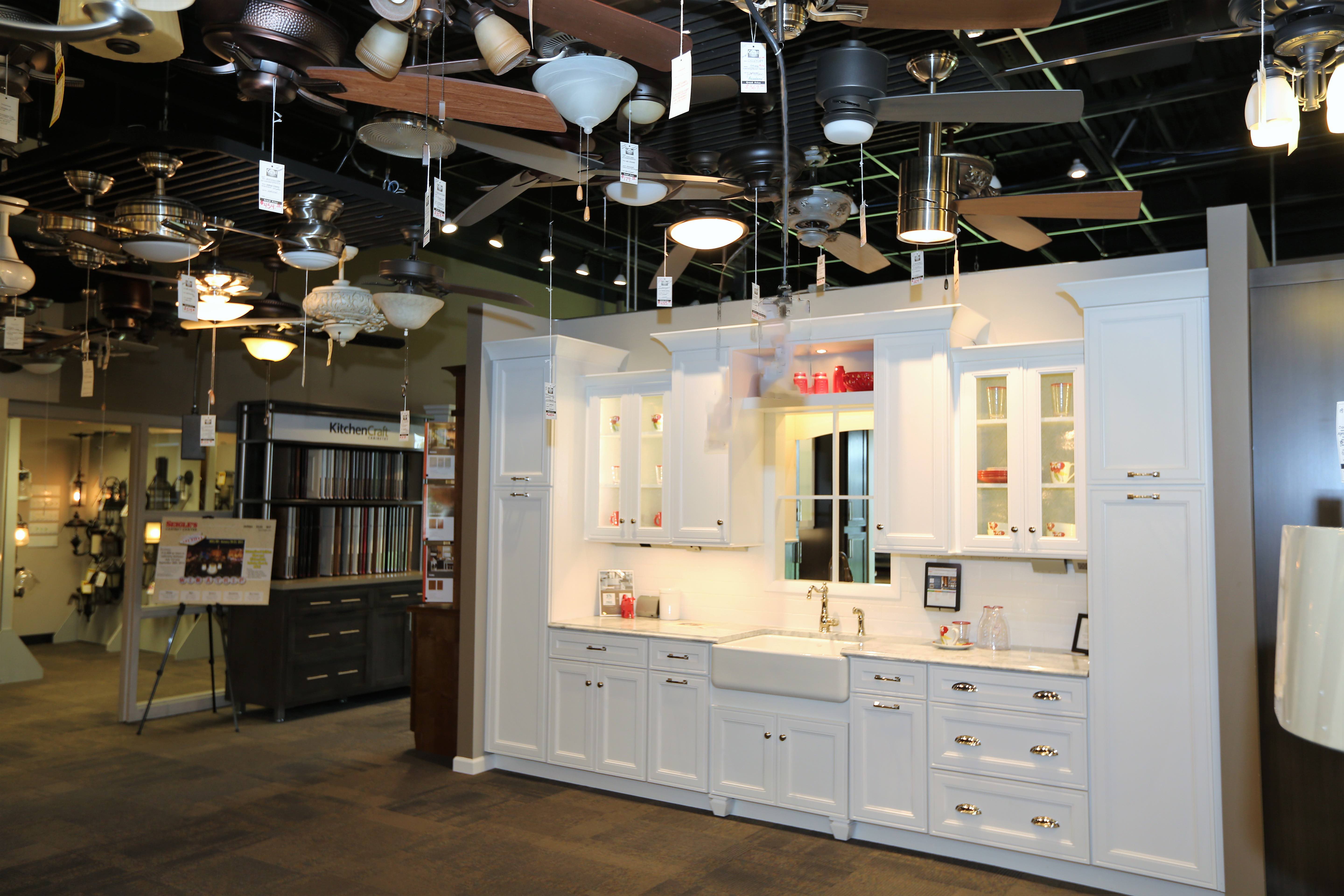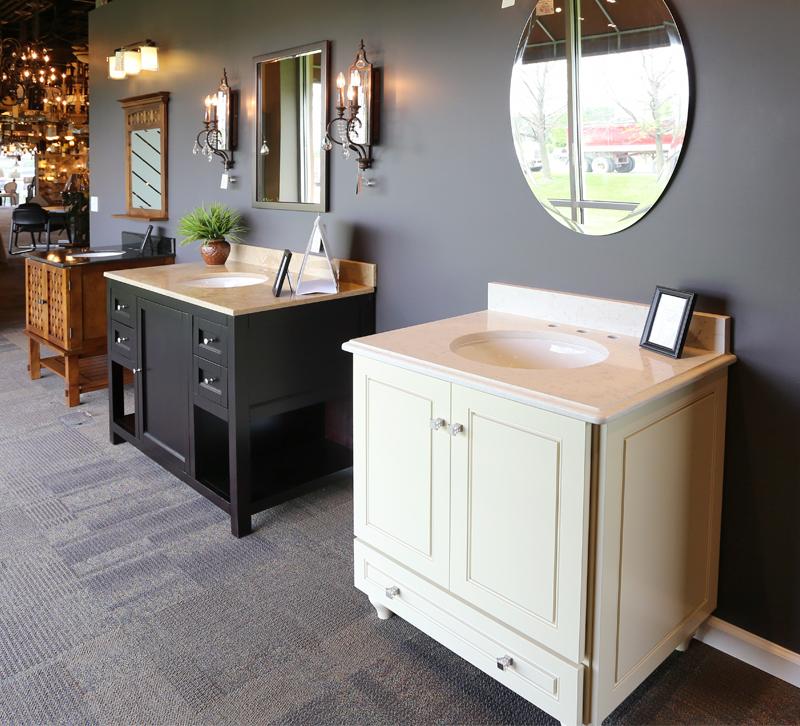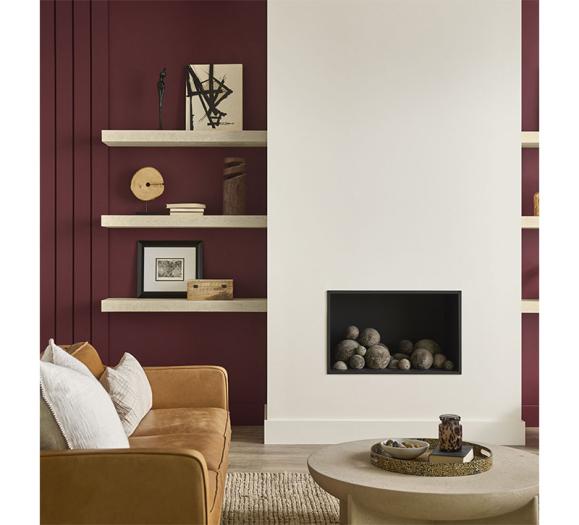Rent takes a big bite out of profits, but what if there was a way to cut that expense and generate new business in the process? Opening your showroom up to a complementary business generates a number of great opportunities to grow and expand. Check out how to get started.
Find a Niche
In 2013, owner Ken Gallagher of Crest Lighting in New Lenox, IL, received an intriguing phone call from Mark Seigle, owner of Seigle Cabinet Center. Seigle proposed a showroom partnership in which Seigle would rent part of Gallagher’s showroom and help with rent and utility costs. Gallagher liked that Seigle shared his family business mindset, but in agreeing to this deal, he would be giving up space in his 10,000 square-foot showroom. That would limit the amount and types of products that Crest Lighting could carry.
But Gallagher and Seigle had a larger goal in mind — competing with big-box stores that offer one-stop shopping. They aimed to avoid overwhelming the customer with lighting, cabinets, countertops, plumbing fixtures and floors by offering a smaller, high-quality selection. “We both wanted to make the process easier and more enjoyable for our customer base,” Gallagher says.
By January 2014, Gallagher and Seigle agreed to their terms. Seigle now covers about 35 percent of Crest Lighting’s showroom and contributes to both the rent and utility costs. The partnership works well because both companies share the same goal: to deliver a unique experience for the customer. Since Seigle’s moved in, Crest Division Manager Amy Fimbianti says foot traffic has improved in the showroom. Sales conversions of Seigle customers to Crest customers falls between 3 and 5 percent, but considering that Seigle’s is subsidizing part of the rent and utility costs, Crest saves money overall.

Steps to Share a Space
If you’re considering sharing your showroom, start by reaching out to other local complementary businesses. If you’re not comfortable cold calling, contact your chamber of commerce and ask to be introduced.
If you’re willing to step outside the box, technology platforms like TheStoreFront.com may provide the answer. Available in five major U.S. cities and expanding, TheStoreFront.com connects start-up retailers, non-profits and artists with businesses that want to rent out their showroom or office space. Anson Gilbert, Head of Global Growth Marketing, says TheStoreFront.com functions like Airbnb, helping its brick-and-mortar clients make temporary use of their space. “Rather than having their space remain vacant,” he explains, “they’re able to make some revenue on it and it’s not a long-term commitment.”
Gilbert says most contracts last between two and 12 weeks. Brick-and-mortar businesses can list for free by creating a profile, uploading photos and verifying their space details and lease agreements with TheStoreFront’s space listing staff. Once approved, showrooms can connect and set up short-term contracts.
Temporary or pop-up shops create opportunities, but they can confuse customers. If you’re sharing space, document it on your website and social media platforms and explain what you’re doing. It will lessen customer confusion.
It’s clear that being “just a showroom” might not be enough in the coming years. With augmented reality making it easier to shop online, customers expect more from brick-and-mortar shops. Partnering with another business could give your showroom the edge needed to compete.







